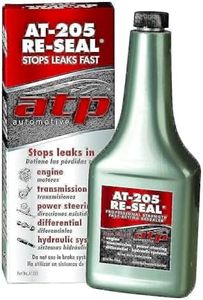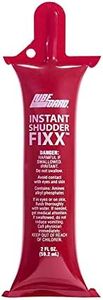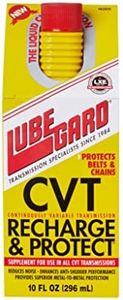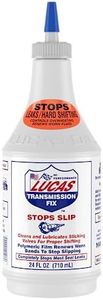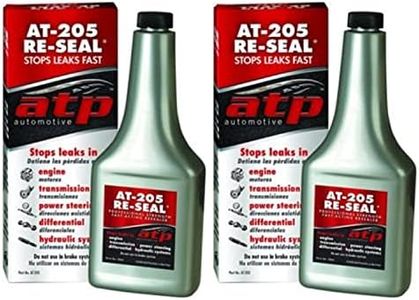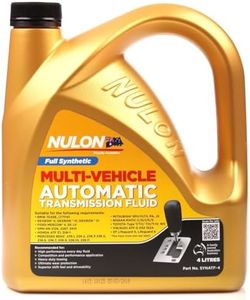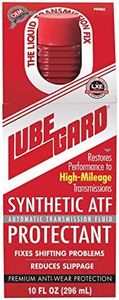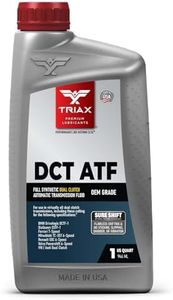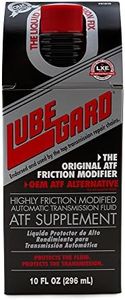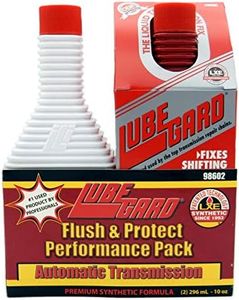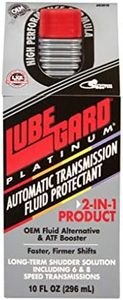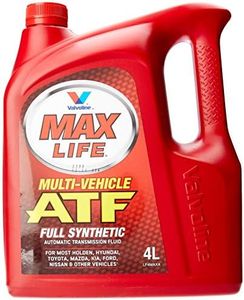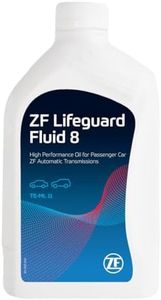We Use CookiesWe use cookies to enhance the security, performance,
functionality and for analytical and promotional activities. By continuing to browse this site you
are agreeing to our privacy policy
10 Best Transmission Additives
From leading brands and best sellers available on the web.Buying Guide for the Best Transmission Additives
Choosing the right transmission additive can help maintain, restore, or enhance the performance and lifespan of your vehicle's transmission system. With many options available, it’s important to focus on your vehicle’s needs, the type of transmission you have, and the specific issues you may be experiencing, such as slipping, noise, or hard shifting. Always check your vehicle manual first to see which additives are recommended or discouraged for your system. Understanding key specs and what they mean will ensure an additive works safely and effectively in your car.Compatibility (Automatic vs Manual)Compatibility refers to whether the additive is designed for automatic or manual transmissions. This is crucial because the fluid formulations and operating mechanisms are quite different between the two systems. Some additives are universal, but most are tailored specifically. When selecting an additive, make sure it matches the type of transmission in your vehicle. Using the wrong type can cause more harm than good or simply render the product ineffective.
Purpose of AdditiveAdditives are formulated for specific problems or preventive care, such as reducing slippage, stopping leaks, quieting noises, or improving shifting. The purpose should align with your needs: for example, if you notice minor leaks, a seal conditioner additive may be best, while for rough shifting, a friction modifier might suit you better. Understanding what you want to address will help you narrow down the options.
Compatibility with Transmission Fluid TypeTransmission fluids come in various types like Dexron, Mercon, ATF+4, and others. Additives are often formulated to work with specific fluid types, and some can be used with all, but mismatching them can affect performance or void warranties. Always check your fluid type (noted in your vehicle manual or on the dipstick) and select an additive that clearly states compatibility.
Chemical IngredientsAdditives use different chemicals such as detergents, friction modifiers, or seal expanders. Each chemical serves a distinct function and has its benefits or limitations. For instance, detergents help keep things clean, friction modifiers smooth out gear operation, and seal conditioners rejuvenate rubber parts. If your aim is maintenance, a cleaner may be ideal, for smoothing operation, friction modifiers are helpful, and for leaks, seal conditioners are the right pick.
Change IntervalThe change interval refers to how frequently the additive should be used. Some are meant for one-time use between regular fluid changes, while others are suitable for ongoing treatment. This matters for planning and ensuring you’re not over-treating or leaving it too long. Assess whether you prefer a quick fix or ongoing protection, and choose an additive accordingly.
